Meenakshi Temple
The Meenakshi Amman Temple, situated in the center of Madurai, Tamil Nadu, is a stunning example of Dravidian architecture and a highly venerated spiritual site for worshippers from India and around the globe. It is dedicated to Goddess Meenakshi (an avatar of Goddess Parvati) and Lord Sundareswarar (a form of Lord Shiva), making it not just a place of worship but also a cultural, architectural, and spiritual masterpiece that embodies centuries of faith and tradition. Positioned grandly along the banks of the Vaigai River, the temple serves as a living symbol of the splendor of Tamil culture and Shaivite beliefs.For devotees, a visit to this temple is not just a religious journey but also an immersion into history, art, and divine energy that has inspired millions over generations.
History of Meenakshi Temple – A Timeless Legacy
The Meenakshi Temple has a rich history that dates back to ancient periods, with its beginnings traced in Tamil Sangam literature, which references a temple honoring Meenakshi as early as the 6th century CE. According to legend, Madurai was ruled by King Malayadhwaja Pandya and Queen Kanchanamalai, who prayed earnestly for a child. Their supplications were fulfilled when Goddess Parvati manifested as their daughter, Meenakshi, a celestial warrior princess who was born with three breasts, indicating her remarkable fate. It was foretold that her third breast would disappear the moment she met her consort. Meenakshi grew up to be a fearless ruler and a skilled warrior who expanded her kingdom through victorious battles. Upon meeting Lord Shiva in his form as Sundareswarar, her third breast vanished, and their divine union became the central mythological foundation of the temple. The temple, therefore, does not just celebrate divinity but also embodies the sacred marriage between Meenakshi and Sundareswarar, symbolizing cosmic unity.
The present structure of the temple owes much to the contributions of the Nayak rulers of Madurai, particularly King Tirumalai Nayak in the 16th and 17th centuries, who undertook massive reconstruction and expansion. With its towering gopurams (gateway towers), intricately carved sculptures, and sprawling corridors, the temple became a masterpiece of Dravidian architecture. Over time, the temple has survived invasions, restorations, and cultural transformations, yet it continues to stand as a vibrant center of religious activity and artistic heritage.
Architectural Splendor and Symbolism
The Meenakshi Temple is an awe-inspiring architectural wonder spread over 14 acres, featuring 14 majestic gopurams adorned with thousands of colorful sculptures depicting gods, goddesses, demons, and mythical beings. The southern gopuram, being the tallest of the towers, reaches an astonishing height of approximately 170 feet, commanding the skyline of Madurai. Each gopuram is not merely a decorative structure but a symbolic gateway between the material and spiritual worlds, guiding devotees toward divine consciousness.
Inside the temple complex, one can find an astonishing 33,000 sculptures that narrate episodes from Hindu mythology, particularly stories associated with Meenakshi, Sundareswarar, and the various avatars of Lord Vishnu. The Hall of Thousand Pillars, another architectural marvel, is a stunning example of stone artistry, with each pillar uniquely carved to depict intricate mythological scenes. When viewed from certain angles, the pillars seem perfectly aligned, creating an almost mystical visual effect. The sacred Golden Lotus Tank (Potramarai Kulam) is another key attraction, where devotees take ritual baths before proceeding for darshan. The tank’s name comes from the belief that a golden lotus bloomed here, and it is surrounded by pillared corridors that have witnessed centuries of devotional gatherings.
Spiritual Significance for Devotees
For devotees, the Meenakshi Temple is far more than an architectural gem; it is a deeply spiritual space where divine feminine and masculine energies unite. Goddess Meenakshi is believed to be a manifestation of Shakti, representing love, courage, and fertility, while Lord Sundareswarar symbolizes cosmic stability and the eternal nature of the divine masculine. Worship at this temple emphasizes the balance between these energies, reminding devotees of the importance of harmony in both worldly and spiritual life.
Pilgrims visiting the temple believe that darshan of Goddess Meenakshi grants blessings for marital happiness, prosperity, and protection from evil. The temple rituals are elaborate and deeply symbolic, involving traditional chants, music, and offerings of flowers, sandal paste, and lamps. Devotees often meditate within the temple precincts, feeling an intense connection to the divine presence that permeates the atmosphere. It is also believed that circumambulating the shrine brings spiritual merit, cleanses sins, and paves the way for liberation (moksha). The temple’s daily activities are not merely rituals but vibrant expressions of Tamil devotional culture, where faith, art, and tradition come together seamlessly.
Meenakshi Temple Timings and Ritual Schedule
The temple opens early in the morning, allowing devotees to begin their day with the serene and uplifting Mangala Aarti. The general darshan timings are from 5:00 AM to 12:30 PM and 4:00 PM to 10:00 PM, although these may vary during special festivals. The day begins with the ceremonial awakening of the deities, followed by several pujas that continue throughout the day. Some of the major daily rituals include:
- Tiruvembavai – Early morning prayers with devotional hymns.
- Kalasanthi Pooja – Morning worship with abhishekam (holy bath) and decoration of the idols.
- Uchikala Pooja – Midday prayers with elaborate offerings.
- Sayaraksha Pooja – Evening ritual with devotional music.
- Ardhajama Pooja – Night prayers before the temple closes.
One of the temple’s most enchanting daily rituals is the Palliarai Ceremony, in which the idol of Lord Sundareswarar is carried in a palanquin to the chamber of Goddess Meenakshi, symbolizing their divine union. This unique ritual emphasizes the temple’s core theme of love and cosmic balance.
Festivals and Cultural Celebrations
The Meenakshi Temple is at its most vibrant during festivals, with the Meenakshi Thirukalyanam (the celestial wedding of Meenakshi and Sundareswarar) being the grandest celebration. This event, held during the Tamil month of Chithirai (April–May), attracts thousands of devotees and tourists from across the globe. The festival includes elaborate processions, music, dance performances, and religious ceremonies that recreate the divine wedding. The temple is adorned with flowers and lights, transforming it into a celestial palace. Other major festivals include Navaratri, Shivaratri, and the Float Festival, each celebrated with deep devotion and grandeur.
A Spiritual Journey Beyond Worship
Visiting the Meenakshi Temple is an experience that transcends religious boundaries. Whether one is a devout Hindu, an admirer of art and architecture, or a seeker of spiritual wisdom, the temple offers something profound for everyone. Walking through its sacred corridors, witnessing the rituals, and absorbing the serene yet vibrant atmosphere can leave an indelible mark on the soul. The temple stands as a reminder of the rich cultural heritage of India and the enduring power of faith that binds communities together.

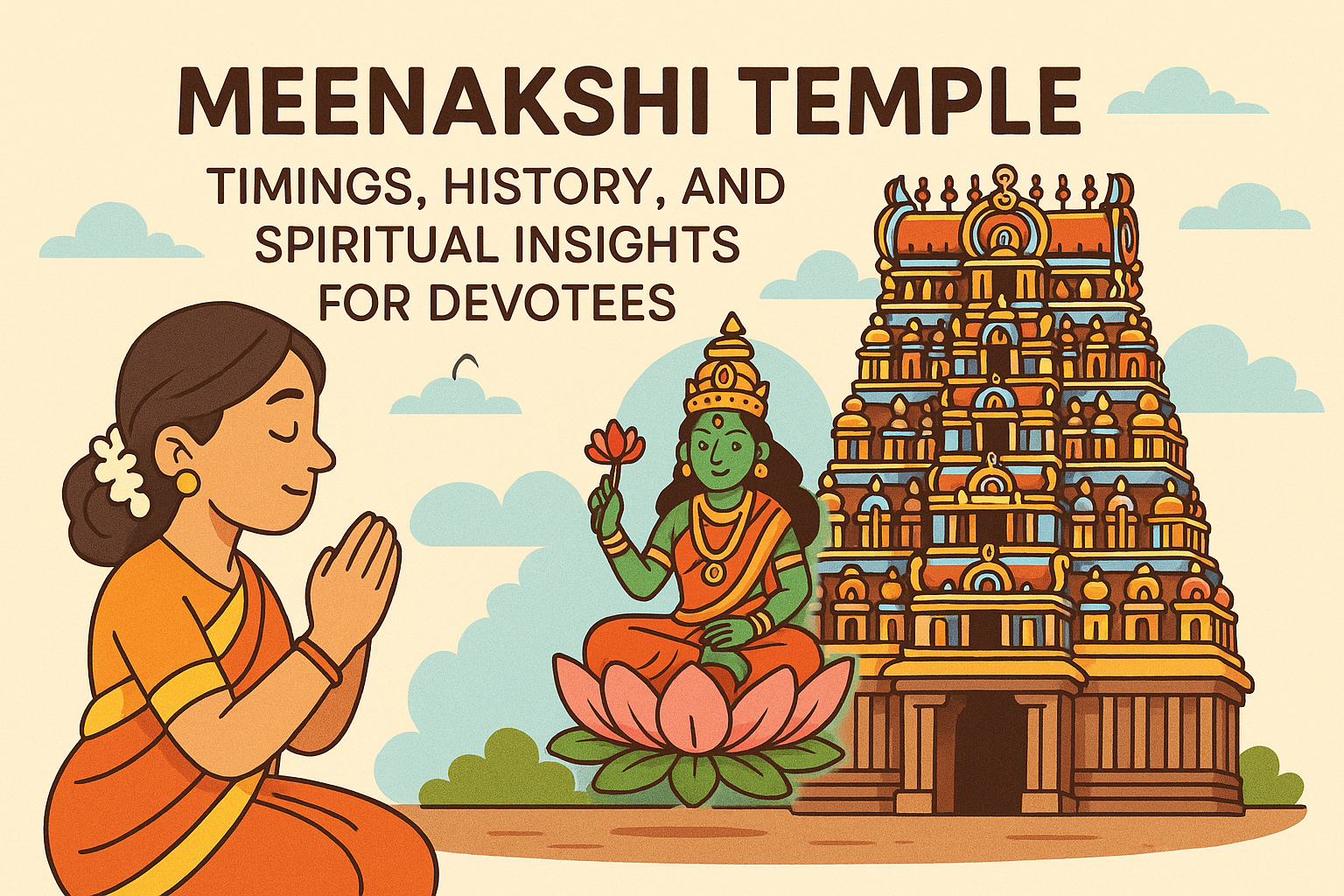
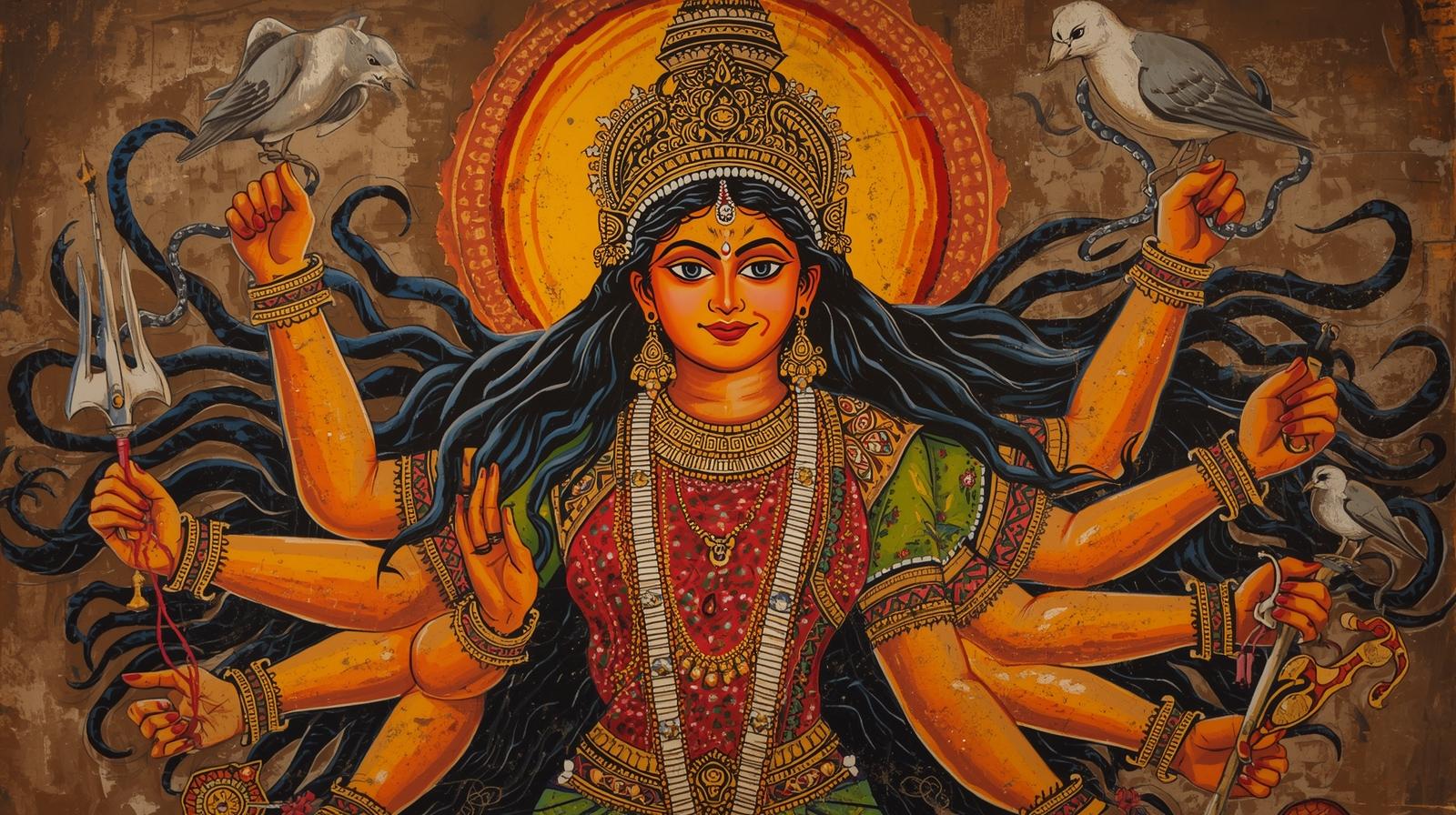

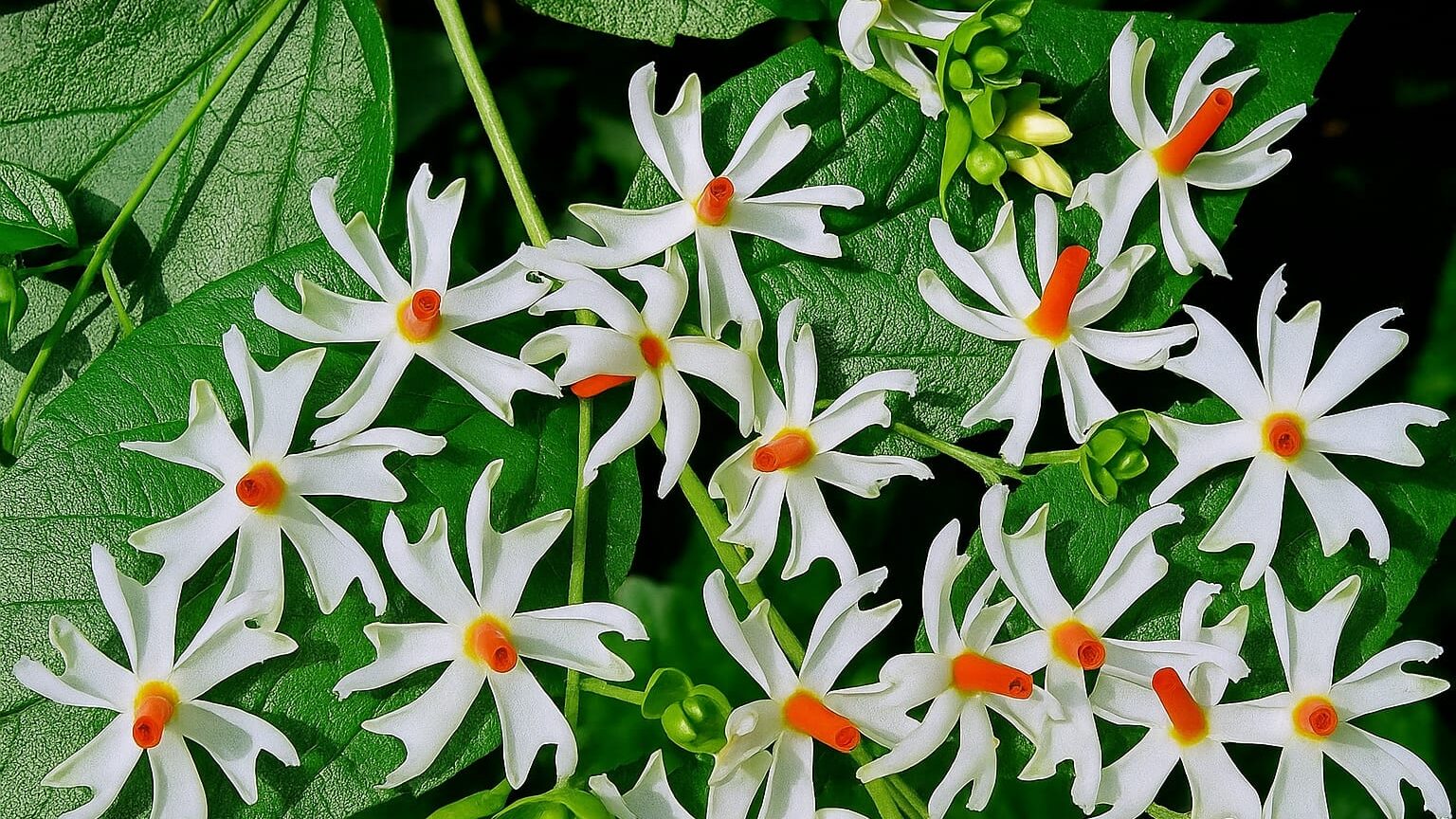
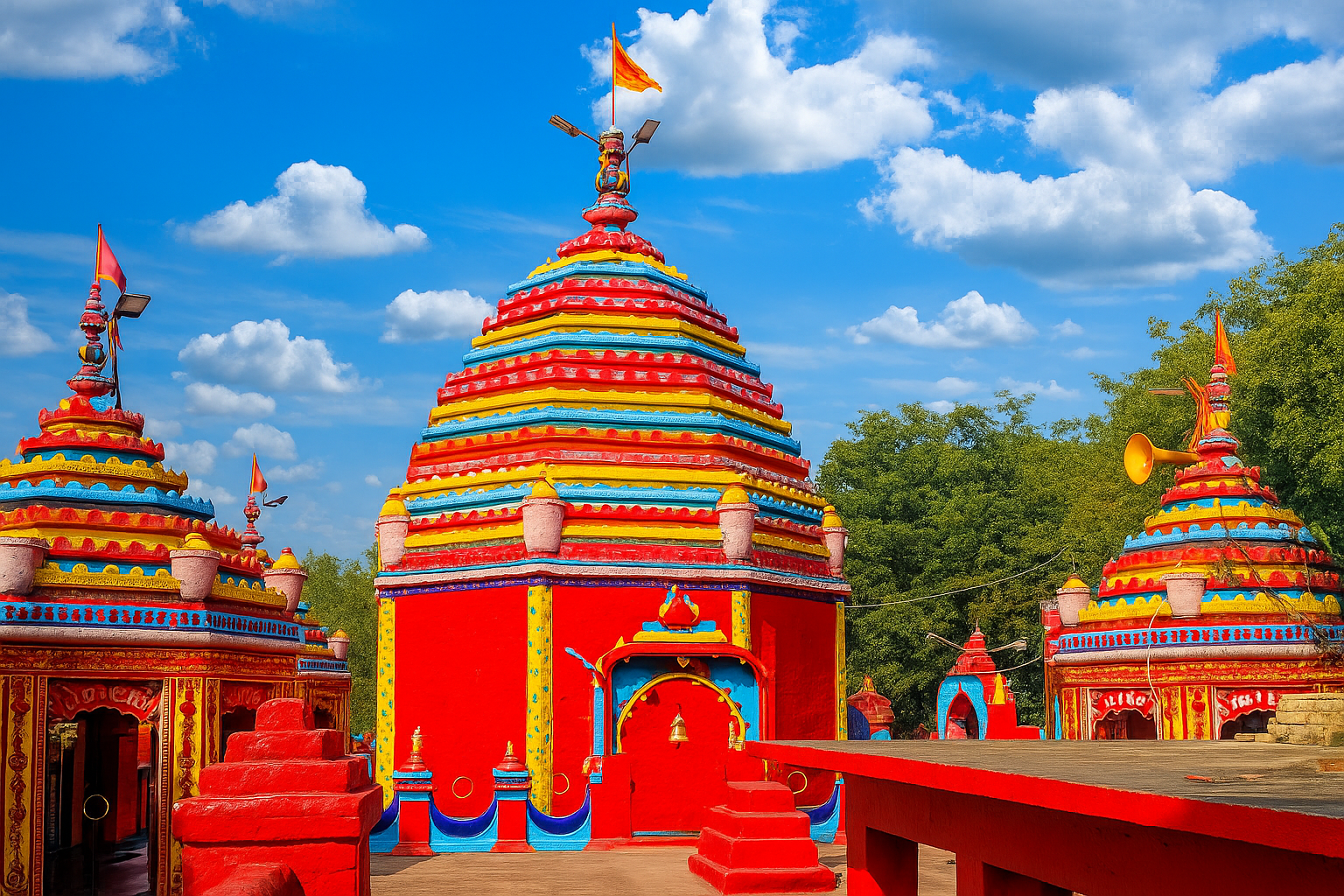
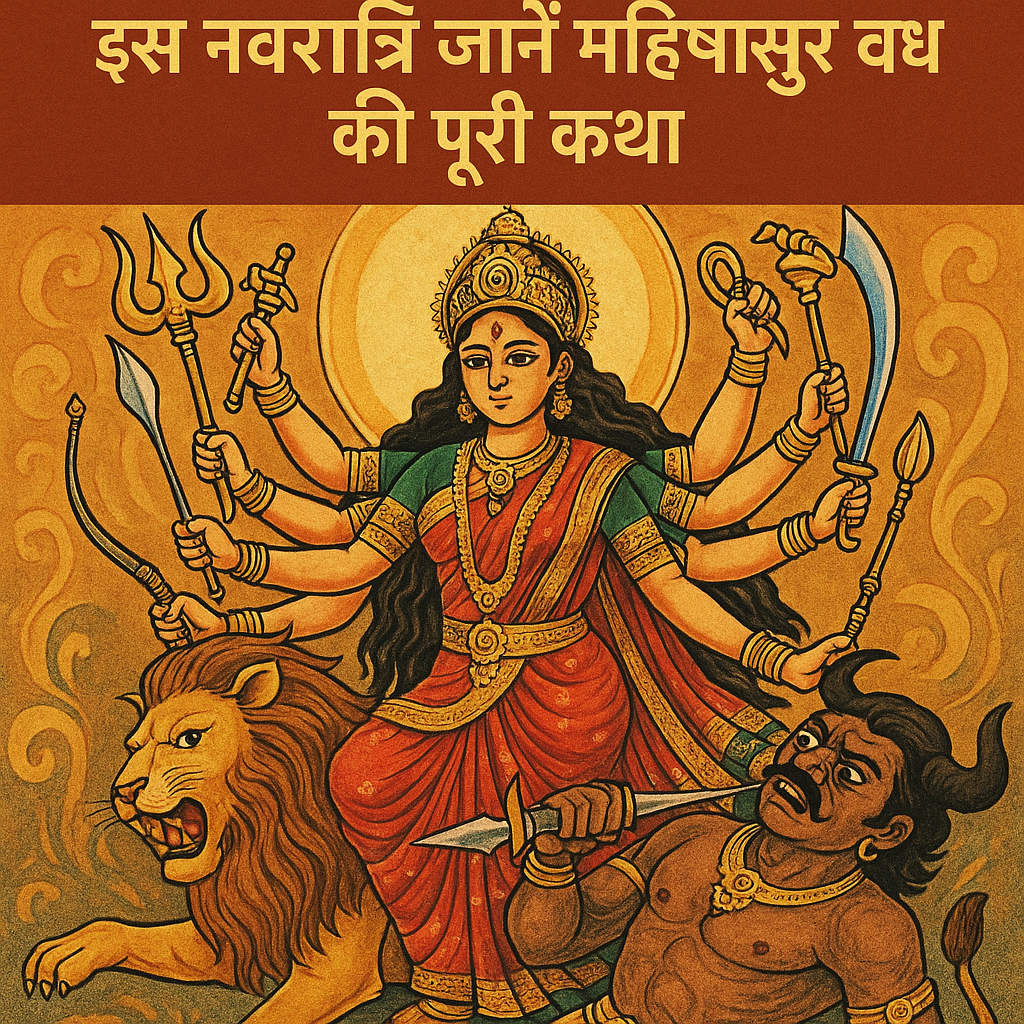
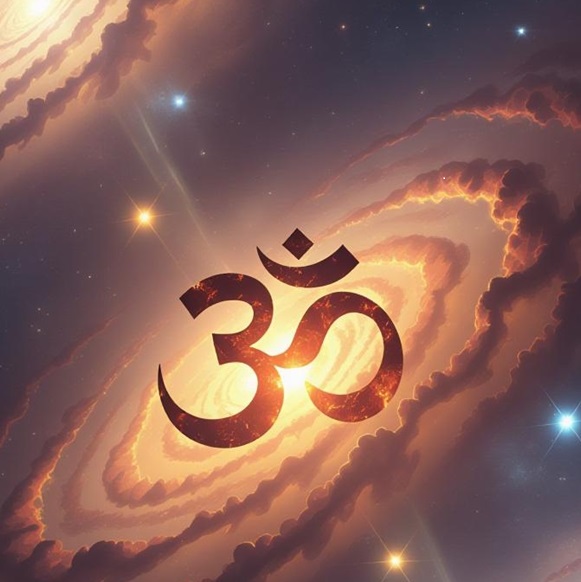
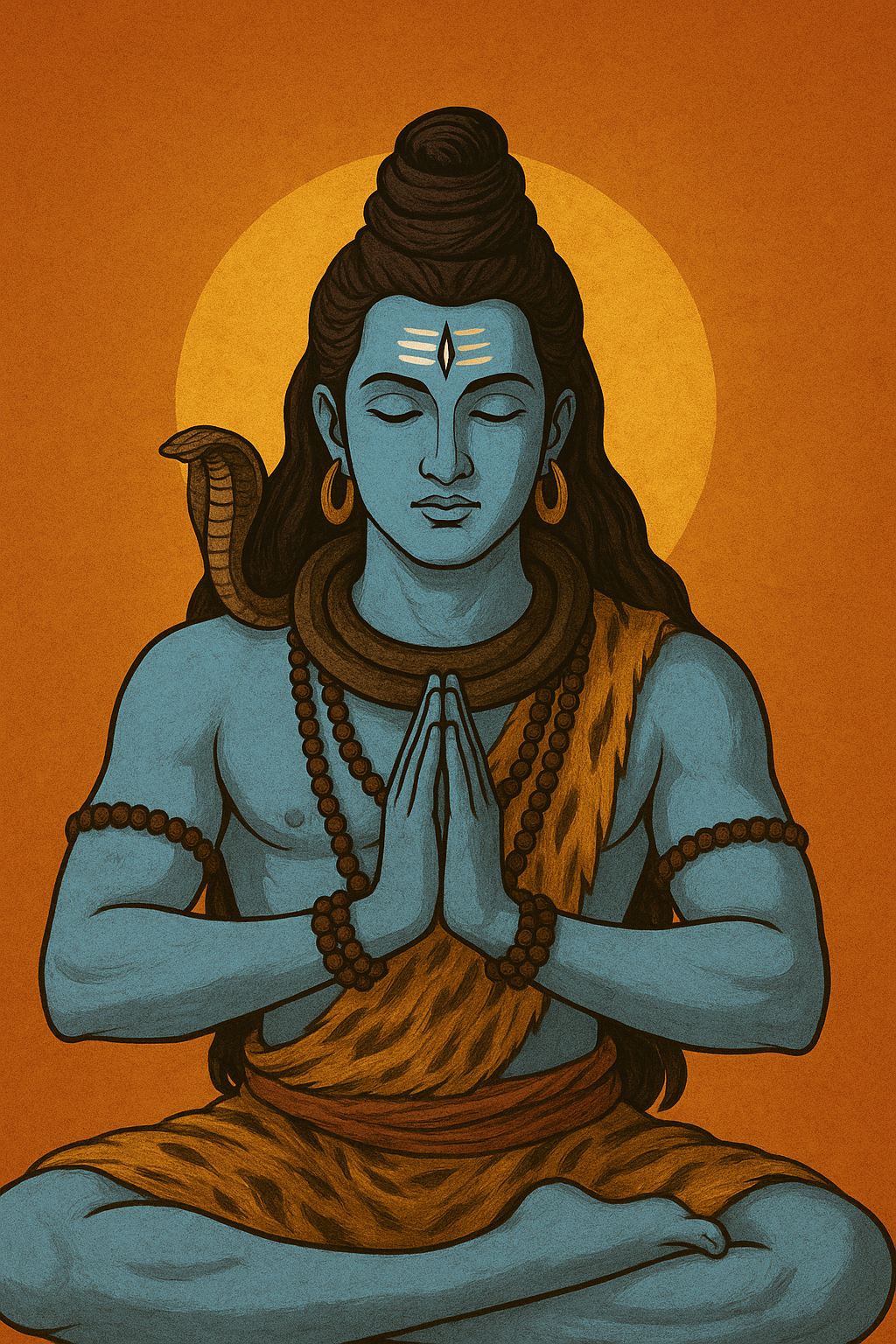
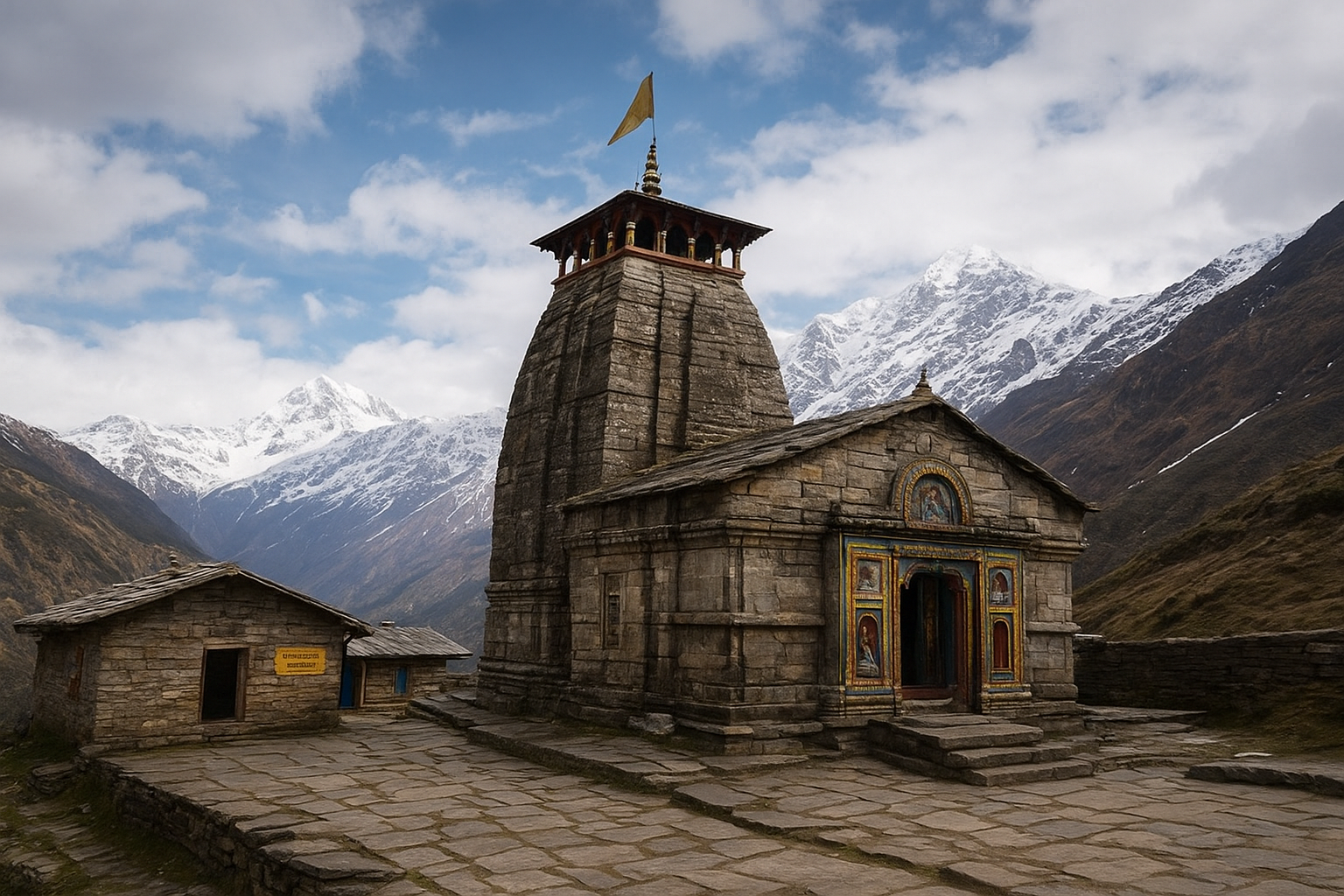
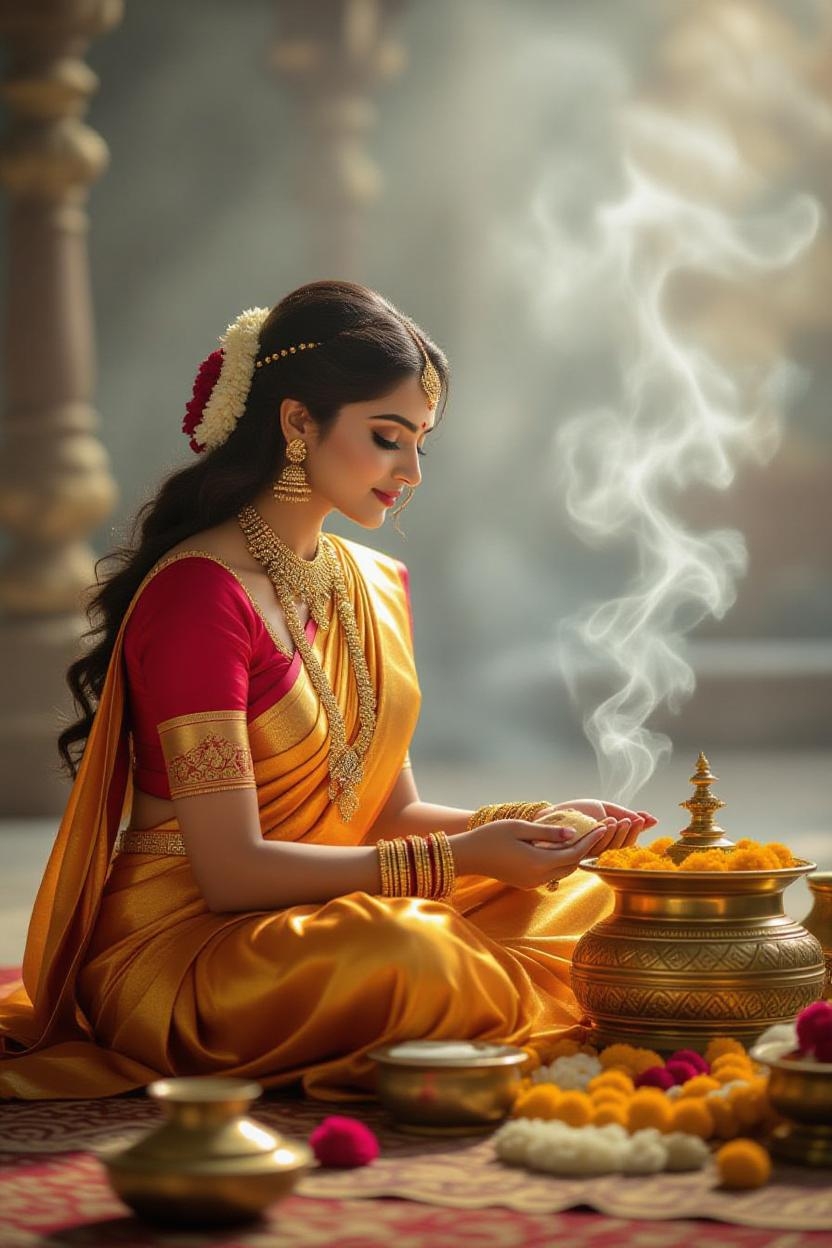
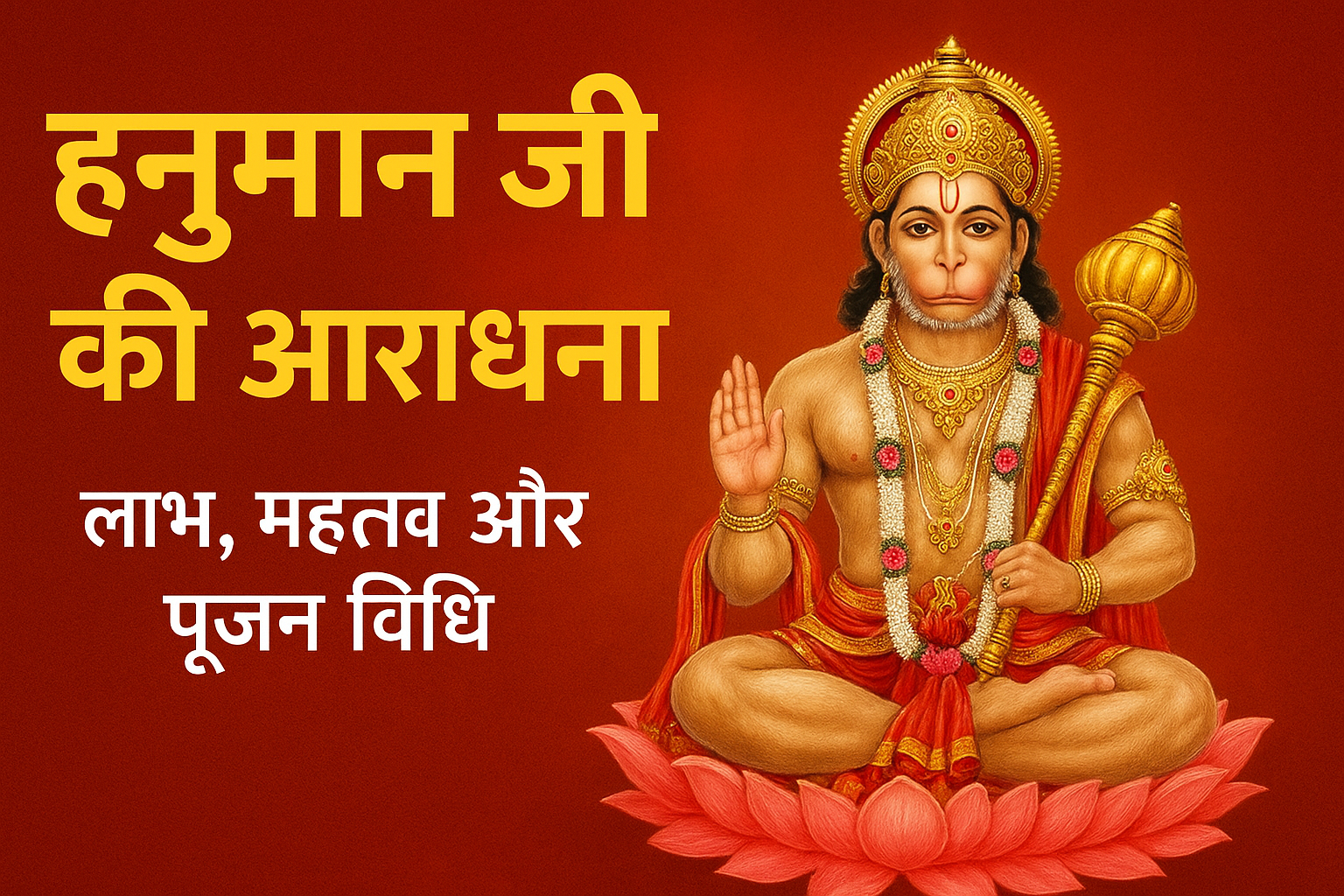
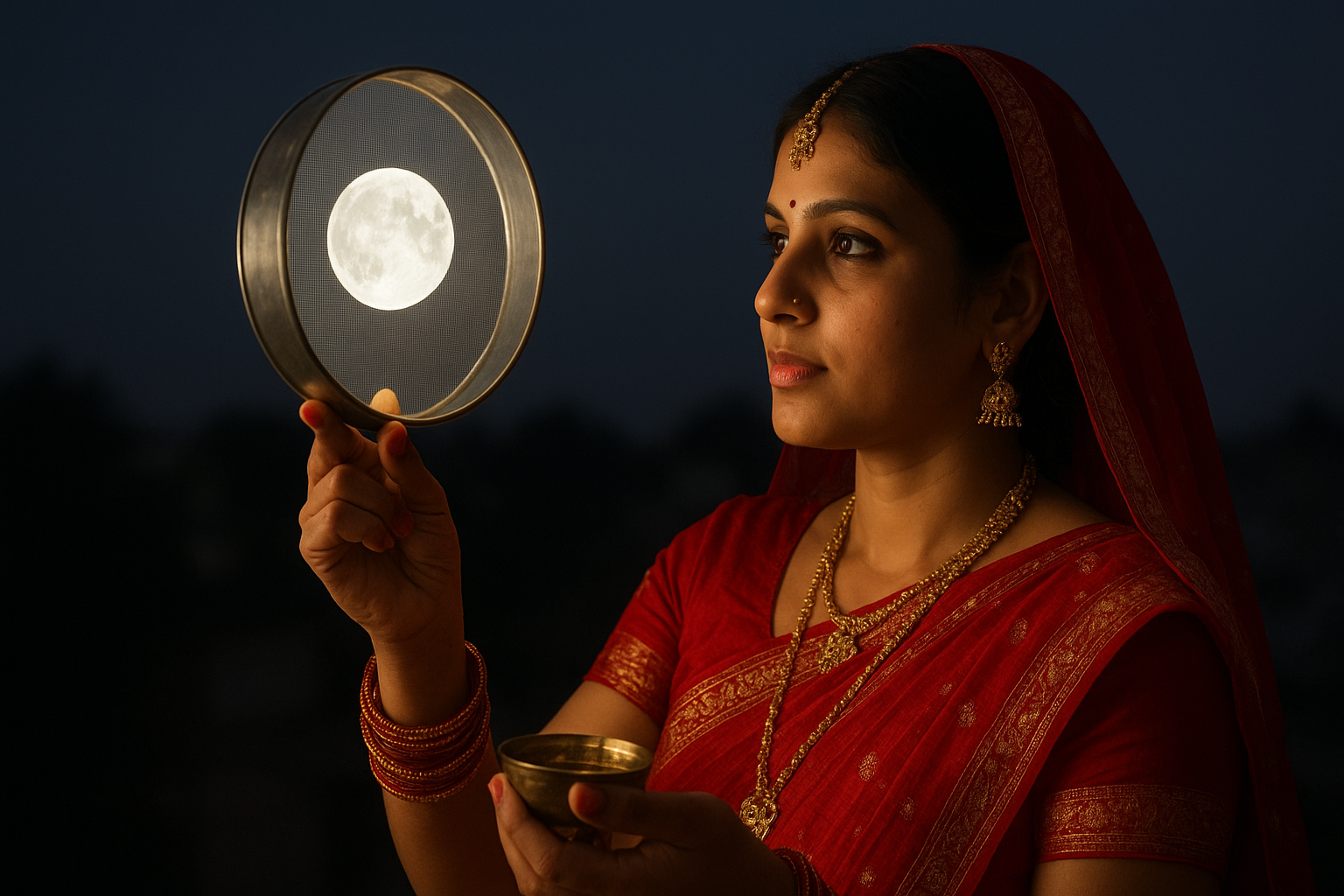

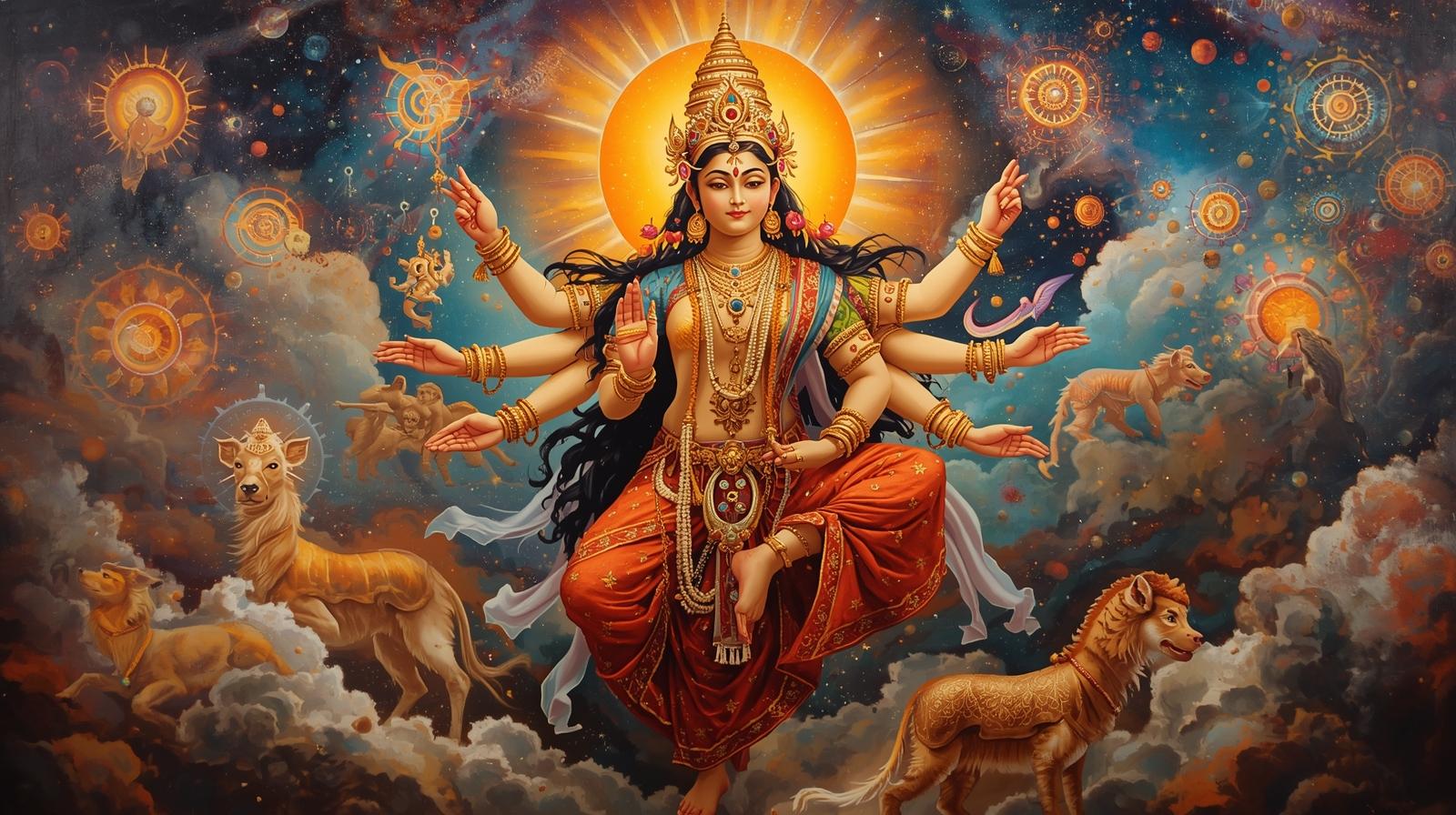

Leave a Reply